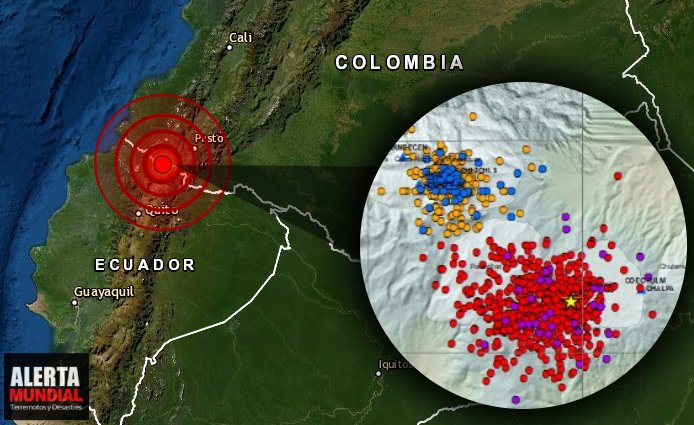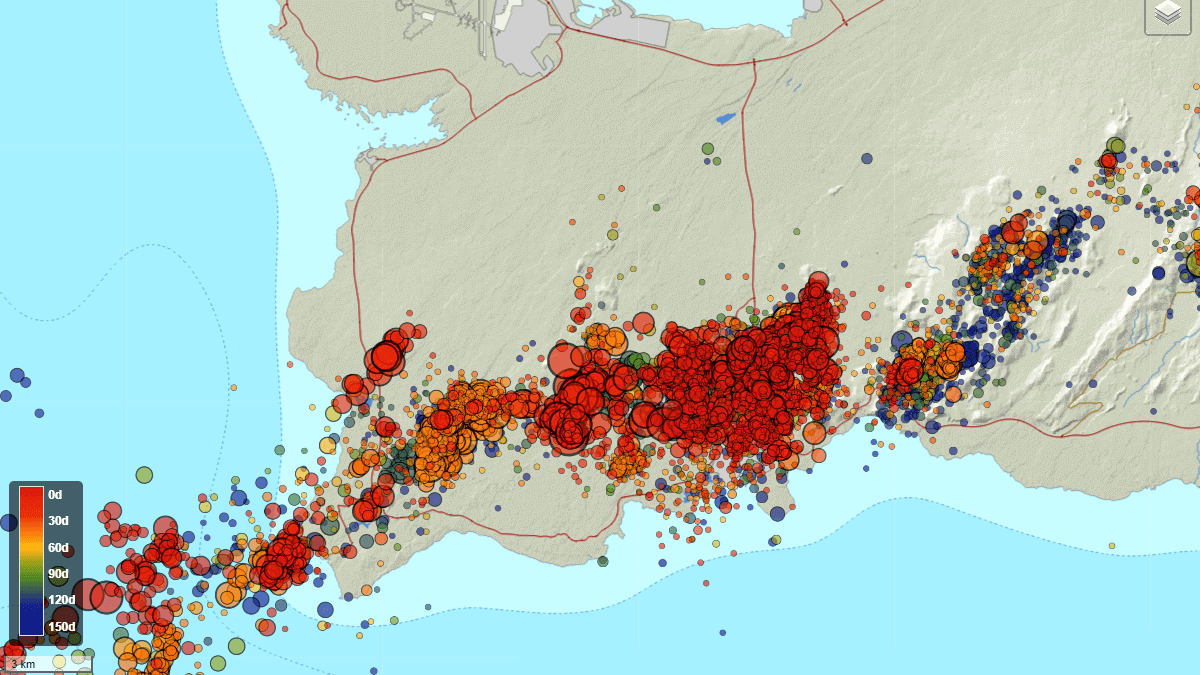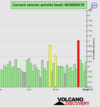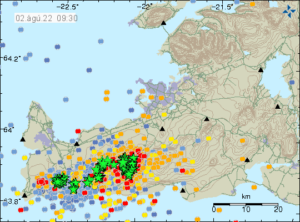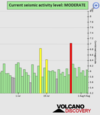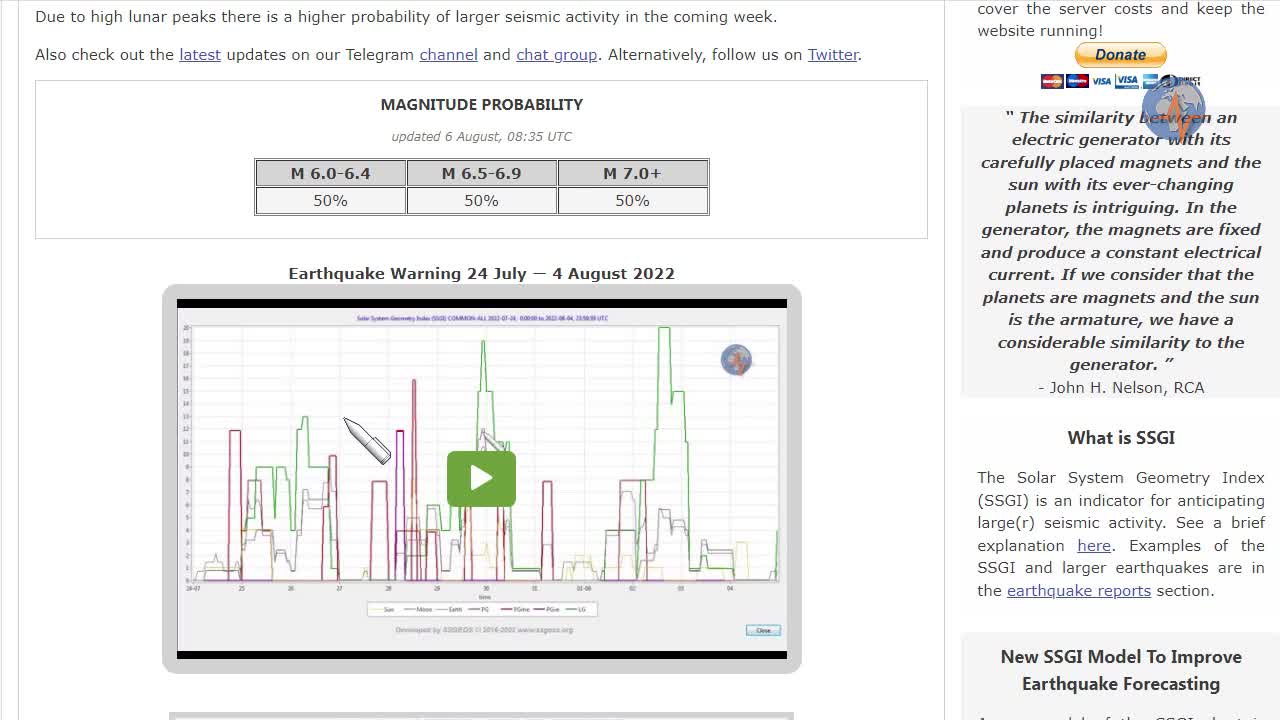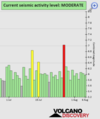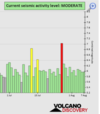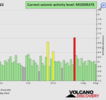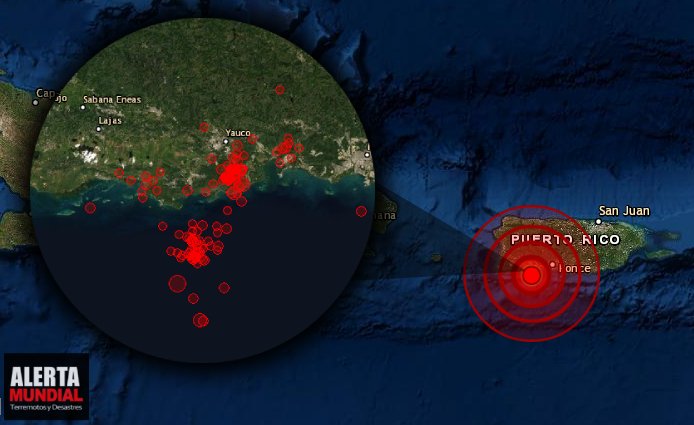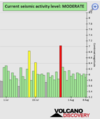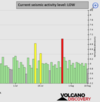XPan
The Living Force
Things are heating up in Iceland ?
1 Aug 2022
Apparently yesterday's earthquake was indeed a M 5.4 earthquake. German Vulkane.net writes following today:

 www.vulkane.net
www.vulkane.net
Swarm quake under Reykjanes on 01 Aug 2022
1 August 2022 by Marc Szeglat

Earthquake activity under Reykjanes remains strong
After some confusion about the strong earthquake Mb 5.4 last night, I summarise the events of the last hours here again.
The swarm quake that began on Saturday morning continues and has lost none of its force. There are different accounts as far as the number of earthquakes is concerned. The IMO tables show 3172 tremors so far. 99 earthquakes had magnitudes from 3. According to an IMO statement, even more than 5,500 earthquakes were registered. This puts the swarm quake in the top range of all comparable events that I have been allowed to report on in Iceland so far. The strongest earthquake of the swarm so far manifested itself yesterday afternoon, at 17:47:59 UCT. It had a magnitude of 5.4. The earthquake focus was located at a depth of 1.9 km. The epicentre was located 3.0 km east-northeast of Grindavík.

The earthquake was felt in large parts of southwest Iceland. Perception reports were received from the Snæfellsnes Peninsula. In Reykjavík, crockery clanged in the cupboards. In Grindavik itself, a water pipe was damaged. Items fell from shop shelves.
Automatic system failed
The automatic system of earthquake recording failed and a number of corrections were necessary until the final values were established. In the meantime, there were some error messages, which also indicated earthquakes with magnitudes greater than 3 at various locations in Iceland. Among them was a supposed M 4.4 quake under Katla. These quakes did not occur. Instead, there were several earthquakes in the magnitude 4 range at night, which occurred in the west of the Reykjanes Peninsula.
Magmatic activity under Fagradalsfjall
There seems to be no question that the earthquake swarm was triggered by magma intrusion in the area of the Fagradalsfjall volcano. This changed the stress field and triggered earthquakes in neighbouring fault systems. It is not yet clear to what extent ground uplift will occur as a result of the magma intrusion. The display of the automatic GPS measurements has been suspended. We will probably have to be patient until the IMO scientists come out with new verified data.
Since the beginning of the year, there has been significant ground uplift in a system that lies a good 10 km west of Fagradalsfjall. The situation was similar before the Fagradalsfjall eruption last year. Apparently, the magmatic activity has now shifted back to Fagradalsfjall and the risk of an imminent volcanic eruption is clearly increasing. On the livecam, rockfalls could be observed at the Fagradalsfjall cone, and steam was generated at the base of the cone.
END OF ARTICLE
1 Aug 2022
Apparently yesterday's earthquake was indeed a M 5.4 earthquake. German Vulkane.net writes following today:

Schwarmbeben unter Reykjanes am 01.08.22 - Vulkane Net Newsblog
Erdbebenaktivität unter Reykjanes weiter stark Datum: 01.08.22 | Zeit: 17:47:59 UTC | Lokation: 63.851 ; -22.389 | Tiefe: 1,9 km | Mb 5,4 Nachdem es gestern Abend einige Verwirrungen um das starke Erdbeben Mb 5,4 gegeben hatte, fasse ich die Geschehnisse der letzten Stunden hier noch einmal...
 www.vulkane.net
www.vulkane.net
Swarm quake under Reykjanes on 01 Aug 2022
1 August 2022 by Marc Szeglat
Earthquake activity under Reykjanes remains strong
After some confusion about the strong earthquake Mb 5.4 last night, I summarise the events of the last hours here again.
The swarm quake that began on Saturday morning continues and has lost none of its force. There are different accounts as far as the number of earthquakes is concerned. The IMO tables show 3172 tremors so far. 99 earthquakes had magnitudes from 3. According to an IMO statement, even more than 5,500 earthquakes were registered. This puts the swarm quake in the top range of all comparable events that I have been allowed to report on in Iceland so far. The strongest earthquake of the swarm so far manifested itself yesterday afternoon, at 17:47:59 UCT. It had a magnitude of 5.4. The earthquake focus was located at a depth of 1.9 km. The epicentre was located 3.0 km east-northeast of Grindavík.
The earthquake was felt in large parts of southwest Iceland. Perception reports were received from the Snæfellsnes Peninsula. In Reykjavík, crockery clanged in the cupboards. In Grindavik itself, a water pipe was damaged. Items fell from shop shelves.
Automatic system failed
The automatic system of earthquake recording failed and a number of corrections were necessary until the final values were established. In the meantime, there were some error messages, which also indicated earthquakes with magnitudes greater than 3 at various locations in Iceland. Among them was a supposed M 4.4 quake under Katla. These quakes did not occur. Instead, there were several earthquakes in the magnitude 4 range at night, which occurred in the west of the Reykjanes Peninsula.
Magmatic activity under Fagradalsfjall
There seems to be no question that the earthquake swarm was triggered by magma intrusion in the area of the Fagradalsfjall volcano. This changed the stress field and triggered earthquakes in neighbouring fault systems. It is not yet clear to what extent ground uplift will occur as a result of the magma intrusion. The display of the automatic GPS measurements has been suspended. We will probably have to be patient until the IMO scientists come out with new verified data.
Since the beginning of the year, there has been significant ground uplift in a system that lies a good 10 km west of Fagradalsfjall. The situation was similar before the Fagradalsfjall eruption last year. Apparently, the magmatic activity has now shifted back to Fagradalsfjall and the risk of an imminent volcanic eruption is clearly increasing. On the livecam, rockfalls could be observed at the Fagradalsfjall cone, and steam was generated at the base of the cone.
END OF ARTICLE

